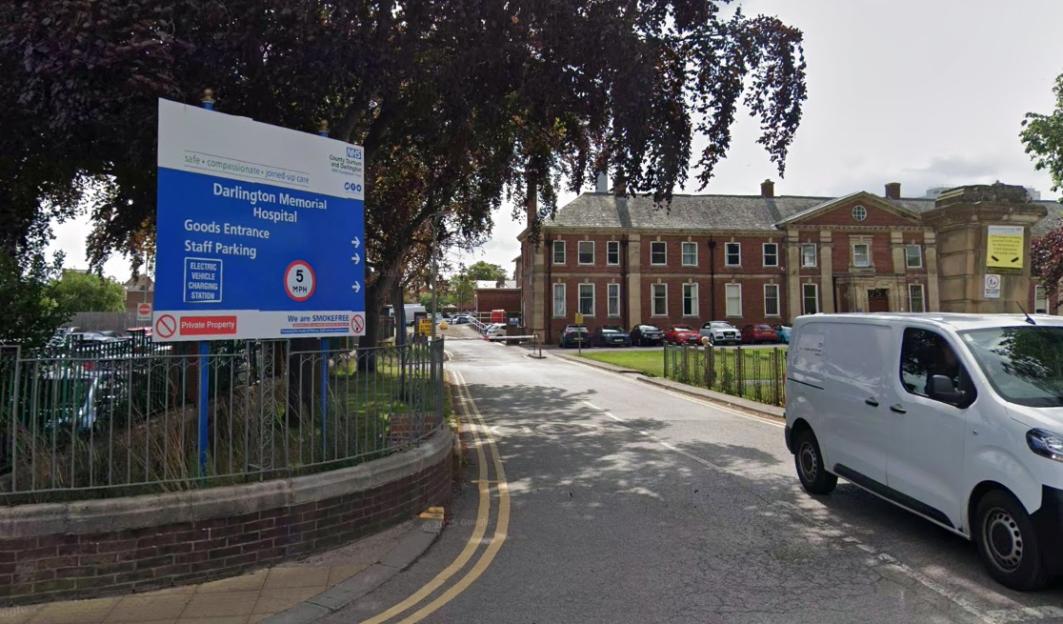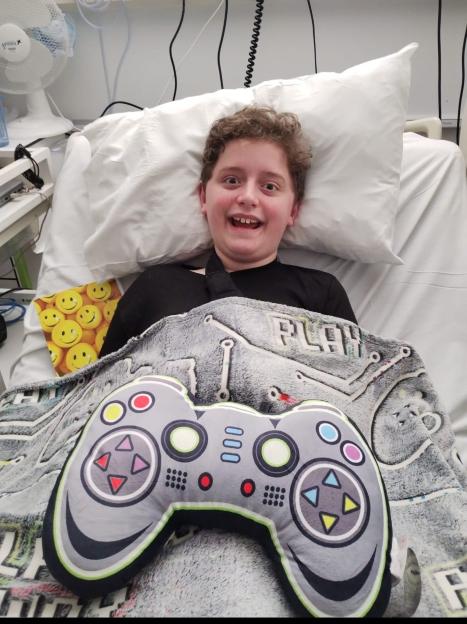A ‘SUPER VACCINE’ could stop three types of cancer in their tracks – shrinking tumours and preventing spread.
US researchers say they’ve developed a novel “nanoparticle-based” jab that can prevent melanoma skin cancer, as well as pancreatic and breast cancer.
 Scientists have developed an experimental vaccine that could stop cancer in its tracks or prevent it entirelyCredit: Getty
Scientists have developed an experimental vaccine that could stop cancer in its tracks or prevent it entirelyCredit: Getty
The vaccine was tested on mice. It hasn’t yet been trialled on humans.
Up to 88 per cent of the vaccinated mice remained tumour-free, depending on the type of cancer.
The jab also reduced – and in some cases completely prevented – the cancer’s spread, according to University of Massachusetts Amherst researchers.
Prabhani Atukorale, assistant professor of biomedical engineering UMass Amherst and corresponding author of the study, has shown in previous research that the nanoparticle-based drug can shrink and clear cancer tumours in mice.
But a new study published in Cell Reports Medicine showed the jab had the potential to prevent cancer in the first place.
Prof Atukorale said: “By engineering these nanoparticles to activate the immune system via multi-pathway activation that combines with cancer-specific antigens, we can prevent tumour growth with remarkable survival rates.”
Vaccines generally work by delivering an antigen – a piece of the disease-causing pathogen, such as cancer.
Think of how a flu shot typically contains parts of the inactivated flu virus.
The antigen is then combined with an adjuvant, a substance that helps the immune system recognise the antigen and eliminate it.
Researchers at UMass Amherst said they developed a lipid nanoparticle-based “super adjuvant”, which delivers two different adjuvants.
For their first test, they paired the nanoparticle system with melanoma peptides, to activate immune cells called T-cells and prime them to recognise and attack this type of cancer.
Three weeks later, the mice were exposed to melanoma cells.
Eighty percent of the “super adjuvant” vaccinated mice remained tumour-free and survived until the end of the study, a total of 250 days.
In comparison, mice given traditional jabs or no jabs at all developed tumours and none survived longer than 35 days.
The jab was also shown to protect against the spread of cancer to the lungs.
Researchers spread cancer cells throughout the mice’s bodies to mimic the way tumours metastasise.
None of the nanoparticle-vaccinated mice developed lung tumours, while all of the other mice did.
Prof Atukorale said: “Metastases across the board is the highest hurdle for cancer.
 Prabhani Atukorale, assistant professor of biomedical engineering in the Riccio College of Engineering at UMass AmherstCredit: umass.edu
Prabhani Atukorale, assistant professor of biomedical engineering in the Riccio College of Engineering at UMass AmherstCredit: umass.edu
 Griffin Kane, postdoctoral research associate at UMass Amherst and first author on the paperCredit: umass.edu
Griffin Kane, postdoctoral research associate at UMass Amherst and first author on the paperCredit: umass.edu
“The vast majority of tumour mortality is still due to metastases, and it almost trumps us working in difficult-to-reach cancers, such as melanoma and pancreatic cancer.”
Researchers then conducted a second test.
For the first part of the study, they’d developed and used antigens that matched the type of cancer, using genome sequencing.
But for the second part, the researchers used killed cancer cells taken directly from tumours, called tumor lysate.
After vaccination with the nanoparticle lysate vaccine, the mice were exposed to melanoma, pancreatic ductal adenocarcinoma or triple-negative breast cancer cells.
Eighty-eight per cent ‘super-vaccinated’ mice were able to get rid of pancreatic cancer tumours, 75 per cent eliminated breast cancer and 69 per cent destroyed melanoma tumours.
Cancer treatments explained – from chemotherapy to radiotherapy and surgery
Because everybody is different and people's cancers are caught at different stages, there is no one size fits all treatment.
It’s also common for patients to be offered a combination of treatments to provide the best chance of survival.
According to the , there are six main ways of treating cancer.
Surgery: Removes the tumour physically; not used for cancers like blood or lymphatic system tumours.
Radiotherapy: Uses high-energy rays (like X-rays) to destroy cancer cells and shrink tumours. Nearly half of cancer patients receive this. Common side effects include fatigue and sore skin.
Chemotherapy: Systemic treatment with powerful drugs that kill fast-dividing cells throughout the body. May be given before or after surgery to shrink tumours or reduce recurrence risk. Side effects range from hair loss to nausea.
Hormonal therapy: Stops certain cancers (like breast or prostate) from growing by blocking hormone production or function.
Targeted/biological therapy: Focuses on specific cancer-linked proteins or genetic changes; also includes some immunotherapy drugs.
Stem cell/bone marrow transplant – Replaces damaged blood-forming cells after high-dose chemotherapy or radiotherapy; used in cancers like lymphoma, leukemia and myeloma
And all of them remained tumour free when researchers tested if the disease would spread.
Griffin Kane, postdoctoral research associate at UMass Amherst and first author on the paper, said: “The tumour-specific T-cell responses that we are able to generate—that is really the key behind the survival benefit.”
Researchers said their jab technology can be used to develop treatments and protect people from disease too – particularly those at high risk of cancer.
Jabs using mRNA technology – the same used for Covid vaccines – are , as well as bowel and skin cancer.
Scientists are also developing .
Cancer therapies are getting a makeover
By, Assistant Head of Health
Cancer is no longer a death sentence when diagnosed, thanks to the ongoing emergence of treatments that can extend lives as well as better detection methods to find the disease earlier.
Scientists have learned a lot about the immune response to cancer and are now harnessing it.
When we hear the word vaccine, we typically think of it as preventing disease.
But in this case, vaccines are being used as a treatment. Once injected they train the immune system to recognise and fight cancer cells. The body itself is recruited to kill the cancer, rather than relying on medicines.
The process leaves healthy cells untouched, unlike chemotherapy, which kills healthy tissue and causes debilitating symptoms.
NHS England’s national cancer director, Dame Cally Palmer, said cancer vaccines being trialled could mark a huge step in treating the disease.
There are also personalised vaccines which are designed specifically for an individuals cancer, based on their genetics.
The challenges with personalised vaccines and other hugely advanced cancer therapies is they are very expensive to develop – and the question is whether the NHS will be able to afford such therapies when they come to fruition.






